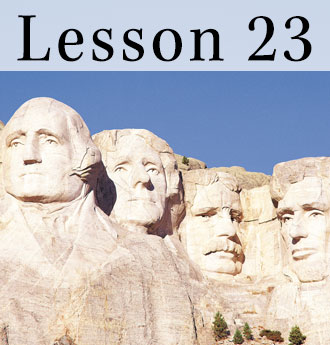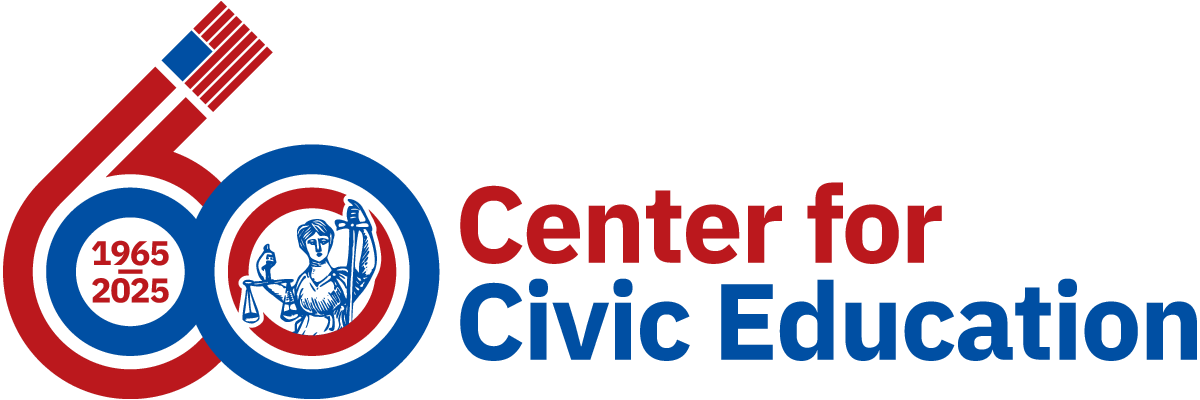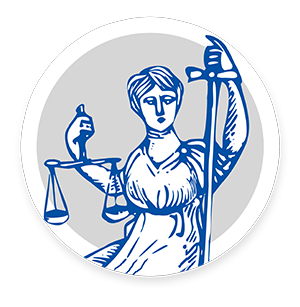The Resource Center » Level 3 » Unit 4 »
Lesson 23: What Is the Role of the President in the American Constitutional System?

Lesson Purpose
When you have finished this lesson, you should be able to explain the president's constitutional responsibilities and how the office of president has evolved. You also should be able to identify various constitutional and political checks on the president's power. You should be able to explain fundamental differences between the office of prime minister in a parliamentary system and the American presidency. Finally, you should be able to evaluate, take, and defend positions on issues involving the exercise of presidential power and the relationship between the president and the other branches of government.
Lesson Objectives
- explain the president’s constitutional responsibilities and how the office of president has evolved,
- identify various constitutional and political checks on the president’s power,
- explain fundamental differences between the office of prime minister in a parliamentary system and the American presidency, and
- evaluate, take, and defend positions on issues involving the exercise of presidential power and the relationship between the president and the other branches of government.
Lesson Terms
commander in chief
Lesson Biographies
Lesson Court Cases
Case Summary
The case began on March 2, 1801, when an obscure Federalist, William Marbury, was designated as a justice of the peace in the District of Columbia. Marbury and several others were appointed to government posts created by Congress in the last days of John Adams's presidency, but these last-minute appointments were never fully finalized. The disgruntled appointees invoked an act of Congress and sued for their jobs in the Supreme Court.
Question(s)
Is Marbury entitled to his appointment? Is his lawsuit the correct way to get it? And, is the Supreme Court the place for Marbury to get the relief he requests?
Answer(s)
Yes. Yes. It depends. The justices held, through Marshall's forceful argument, that on the last issue the Constitution was "the fundamental and paramount law of the nation" and that "an act of the legislature repugnant to the constitution is void." In other words, when the Constitution--the nation's highest law--conflicts with an act of the legislature, that act is invalid. This case establishes the Supreme Court's power of judicial review.
See: The Oyez Project, Marbury v. Madison, 5 U.S. 137 (1803)
Lesson Primary Sources
The Federal Register is the official journal of the U.S. federal government, and contains unclassified public notices from federal agencies. It publishes all unclassified changes to rules and regulations, as well as notices of meetings.






